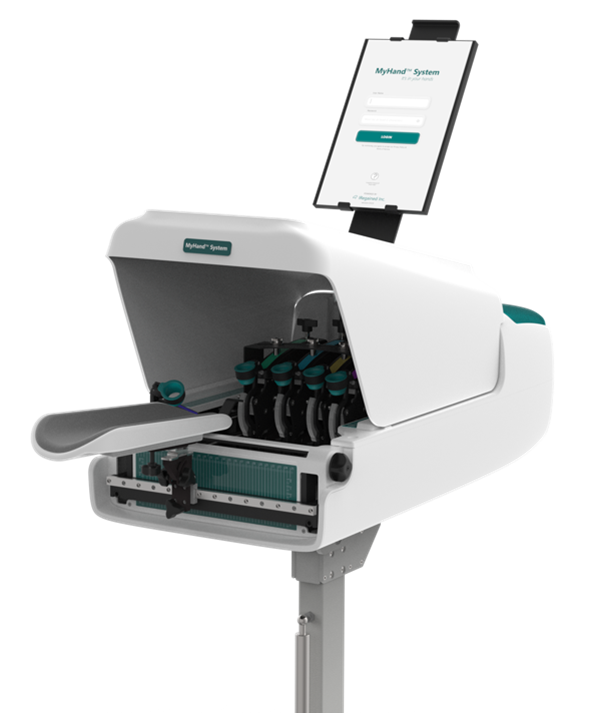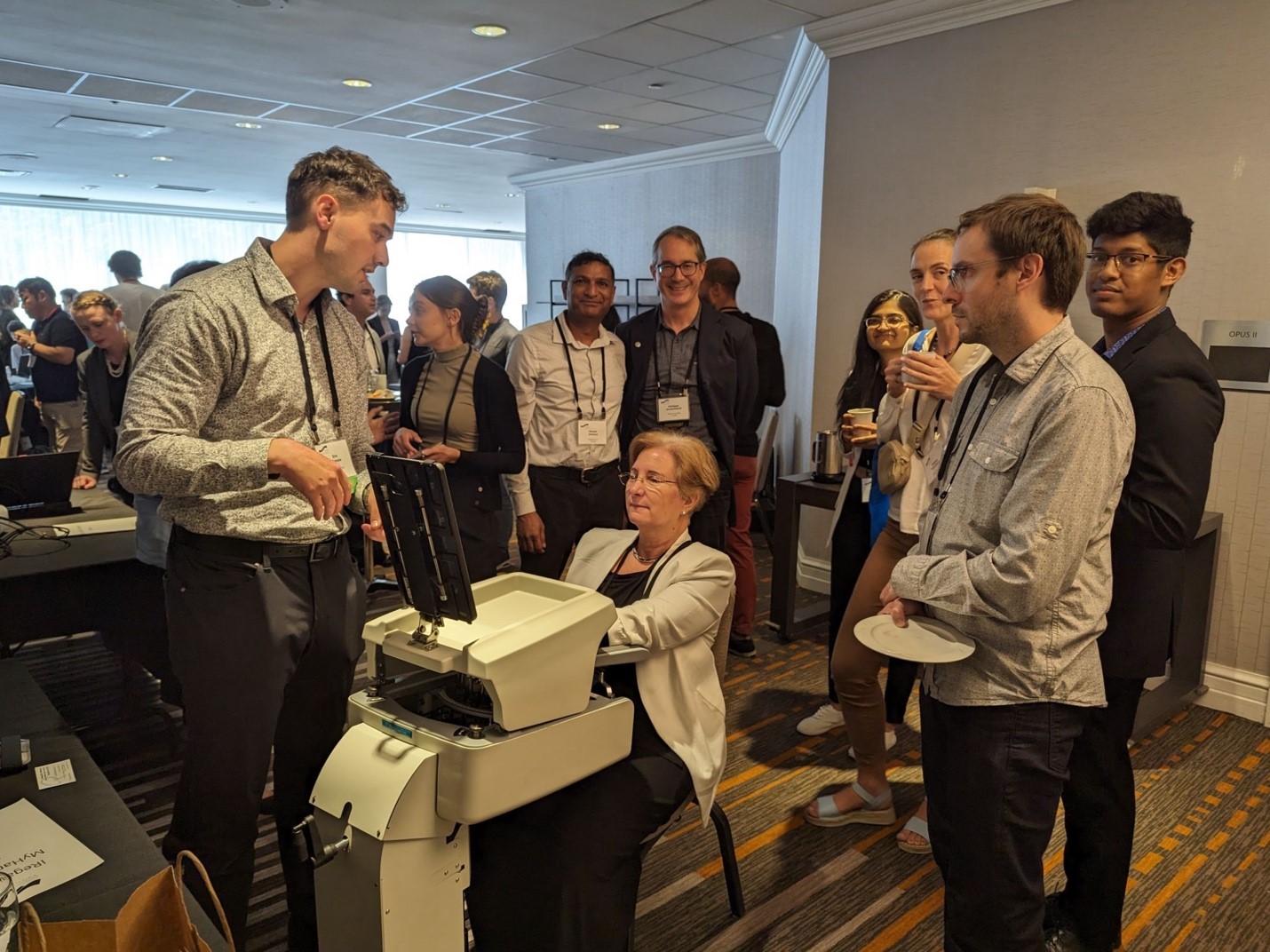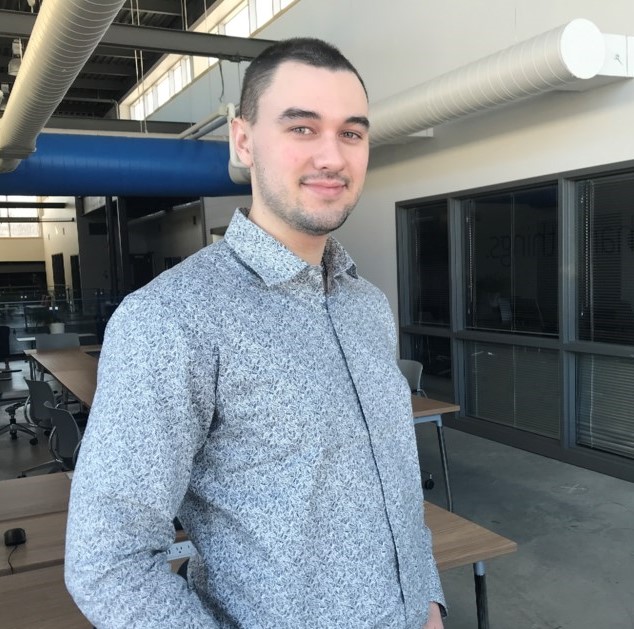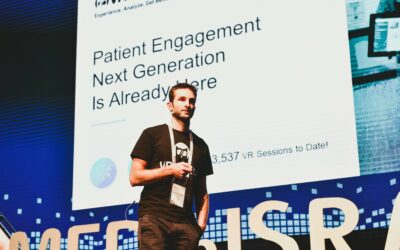Affiliation: IRegained Inc. – Canada
Website: https://iregained.ca/
LinkedIn: https://www.linkedin.com/in/eric-dumais-877930219
Email: eric@iregained.ca
What patient populations do you serve?
IRegained has developed a hand function rehabilitation device that serves as a broad-spectrum intervention for patients with hand function disability. Our primary target population is individuals who have sustained an injury or disorder of neurological or neuromuscular origin (stroke, SCI, TBI…). In addition, the nature of the MyHand® System allows for interventions pertaining to finger and hand function disability that arise from musculoskeletal disorder or trauma.

What problem does your system solve?
Currently, there are a limited number of rehabilitation solutions (technological or otherwise) available in the marketplace that focuses primarily on finger and hand function disability. Although there are number of available interventions that cater to the rest of the body (including interventions focused on balance, gait, upper extremity stability and function, etc…) there are nearly none that target finger and hand function, and even fewer that effectively cater to specific Activities of Daily Living (ADLs) which can enhance independent living.
It is well established that the hand is the most complex tool of the human body and the rehabilitation for it requires considerable specificity to be effective. Every ADL requires functional positioning of various anatomical structures in the hand (finger bones and muscles) for effective rehabilitation strategies. The targeting strategy facilitated by the MyHand® allows for task-oriented hand function rehabilitation. This has led to an allowance for greater independence and better efficacy of ADLs for many individuals who have sustained an injury or diagnosis of neurological origin.
The hand is the most complicated part of our body to control and poses many challenges when it comes to its rehabilitation. A vast amount of daily life utilizes the hand, from driving, to cooking dinner, to getting dressed… Without the use of the hand, it becomes incredibly difficult to interact with the world.
What makes it unique?
Traditional rehabilitation solutions mediate intervention through individual manpower, electrical stimulation, gloves or robotics. All of these interventions place’s an emphasis for an external force to hep guide the individual’s finger and hand during task performance. However, for effective neuroplasticity, the individual of concern should be performing the given task repetitively by their own volition to effectively create a circuit from the periphery to central systems. This is only possible if the provided intervention requires the individual to perform the task by themselves, meticulously, to achieve the targeted functional objectives.
The MyHand® System focuses on this very important fact of requiring the individual to perform the task by themselves within the constraints placed by the clinician and their own capabilities. The device provides the tools to the clinicians to effectively place these constraints to attain the desired functional outcomes.
The System was designed by a clinician and a neuroscientist with a focus on the fundamentals of neuroscience and exercise physiology that targets muscle spindles and motor units to produce the greatest benefits on functional outcomes.

What challenges did you have with using these systems?
Challenges are always observed when developing and implementing new interventions and technologies. Having said that, as a small start-up, our challenges extended to resource constraints, regulatory barriers, COVID-19 lockdowns and beyond. Despite these challenges, we were able to push through and utilize a methodological development system where we employed the Dyson approach. Every single change was evaluated in real time in the clinical population who communicated with a team of designers, programmers, engineers and clinicians. A mission focused objective certainly played an immense role in attaining these objectives.
Focusing on challenges specific to our technology, one major barrier comes to mind: every patient is different. From diagnosis, functional ability, morphology, cognitive status… the list goes on. We had to get very creative to design a device that can be used by all patients. We believe in total inclusion and wish to affect change globally.
What do you see as the most important challenge for VR rehab research and development?
The VR field as a whole has made huge strides in the last decade and continues to add to its body of evidence every day! One of the most important challenges that must be overcome in the next decade is to create VR systems that take into account the functional abilities of a compromised individual while tapping into all of the positive reported aspects of the technology.




